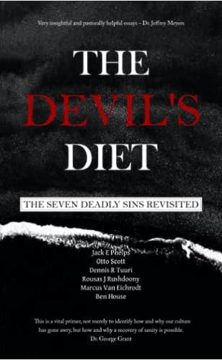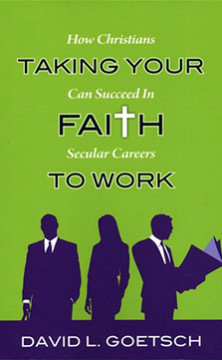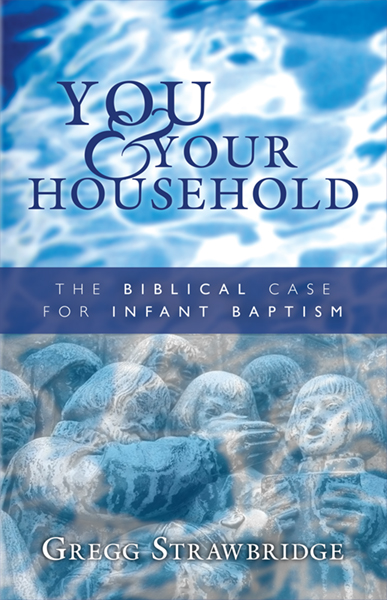Guest Article by Gary Demar
There have been some comments recently about the Interpretive Maximalism of James B. Jordan. This has been an ongoing discussion for nearly 30 years.
An article by Pastor Uri Brito from 2015 posted on Facebook brought the topic to my attention again: “James B. Jordan and Interpretive Maximalism.” Since I’ve known Jim since the mid-1970s and have benefitted from his works over the years, I thought I would weigh in on the subject. Since the posting of Pastor Brito’s article, Jim’s wife, Brenda, has died after a long and courageous battle with cancer and Jim has had a stroke.
For Jim’s comments on Interpretive Maximalism, check out his article “What Is Interpretive Maximalism”? Begin with it if you are not familiar with the subject and then read the following.
One of the most frustrating things about Bible commentaries is that many of them concentrate on minutia while often missing the biblical theological message of the text and its relationship with the rest of Scripture. The grammar, setting, audience, and other interpretive principles are important and necessary. The Bible was written to a particular audience at a particular period of time. Knowing these things is extremely important. Sometimes, however, the forest is missed because so many trees get in the way.

Through New Eyes: Developing a Biblical View of the World
James B Jordan provides a provocative introduction to Christian worldview using Biblical world models and symbols, making the claim that this was the way God has chosen to set forth how we are to think about His world and about human history.
The first readers of the Law, Prophets, and Writings and the New Testament gospels, Acts, and letters did not have commentaries or access to Ancient Near Eastern Studies at their disposal. What they did have was a growing corpus of what we know today as Scripture. They were expected to glean from Scripture what God wanted them to know. They didn’t always get it, but Jesus expected that they should and would:
• Then Jesus said to them, “O foolish ones, how slow are your hearts to believe all that the prophets have spoken! Was it not necessary for the Christ to suffer these things and then to enter His glory?” And beginning with Moses and all the Prophets, He explained to them what was written in all the Scriptures about Himself (Luke 24:25–27).
• Jesus said to them, “These are the words I spoke to you while I was still with you: Everything must be fulfilled that is written about Me in the Law of Moses, the Prophets, and the Psalms.” Then He opened their minds to understand the Scriptures (24:44–45).
• Or is He speaking altogether for our sake? Yes, for our sake it was written, because the plowman ought to plow in hope, and the thresher to thresh in hope of sharing the crops (1 Cor. 9:9–10).
• Now these things happened to them as an example, and they were written for our instruction, upon whom the ends of the ages have come (1 Cor. 10:11).
Jesus gave His disciples a lesson in biblical theology on how all the Bible points to Him, not only a few verses here and there. As a result, the Bible — the whole Bible — needs to be read this way. This means to understand the whole Bible we need to be intimately acquainted with the whole Bible and its details and its thematic connections, for example, from the head crushing of the serpent (Gen. 3:15), Jael’s tent peg through the head of Sisera (Judges 4:21), the unidentified woman who crushed the head of Abimelech (9:53), David’s death blow to the head of Goliath (1 Sam. 17), Jesus’ head crushing at Golgotha — place of a skull — (Mark 15:22), and the promise that God would soon crush Satan under the feet of the early Christians (Rom. 16:20). This is no easy task. But by doing so, we will see the many connections of themes found in every part of Scripture always asking the question, Why did the Holy Spirit mention this or that?
Often when I got stuck on a text, I would call Jim and ask his thoughts on the passage. He would always point me to other places in Scripture where the same theme is dealt with. For example, after reading many commentaries on 2 Thessalonians 2 dealing with the man of lawlessness, I called Jim. He told me the answer is found by comparing what Paul wrote with similar language and themes found elsewhere. After taking this biblical theological approach, it was amazing what I was able to deduce from the Bible alone. Over time, I found other writers who had done something similar, for example, Johann Christian Schoettgen’s Commentary on 2 Thessalonians 2.[i]
(more…)


 In this interview, Uri Brito speaks with Gary DeMar, author of
In this interview, Uri Brito speaks with Gary DeMar, author of 












